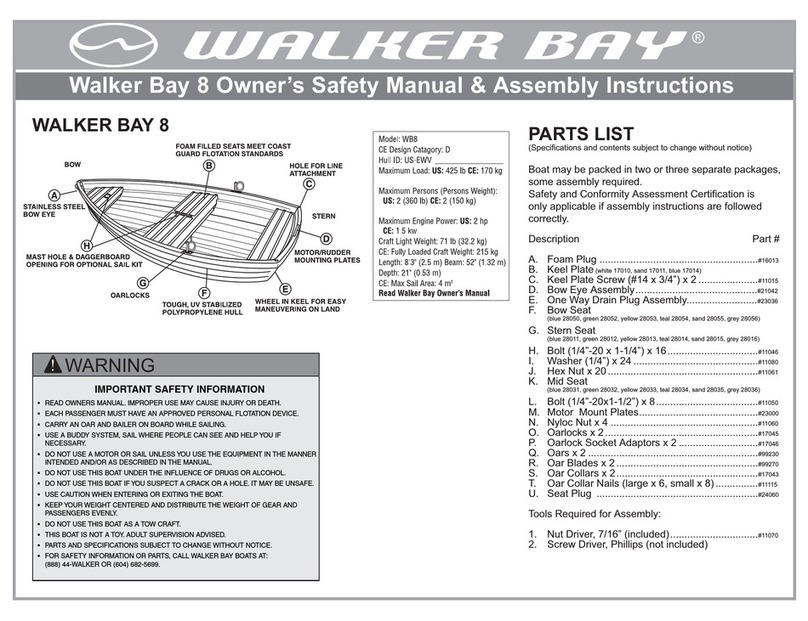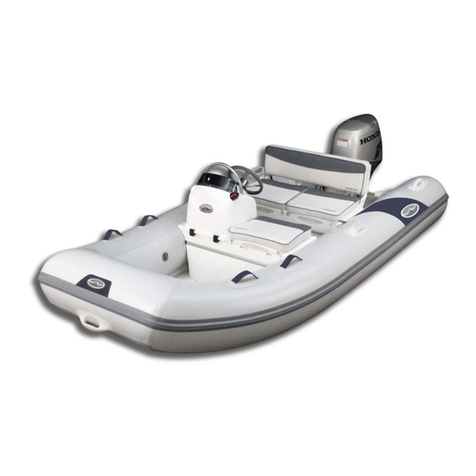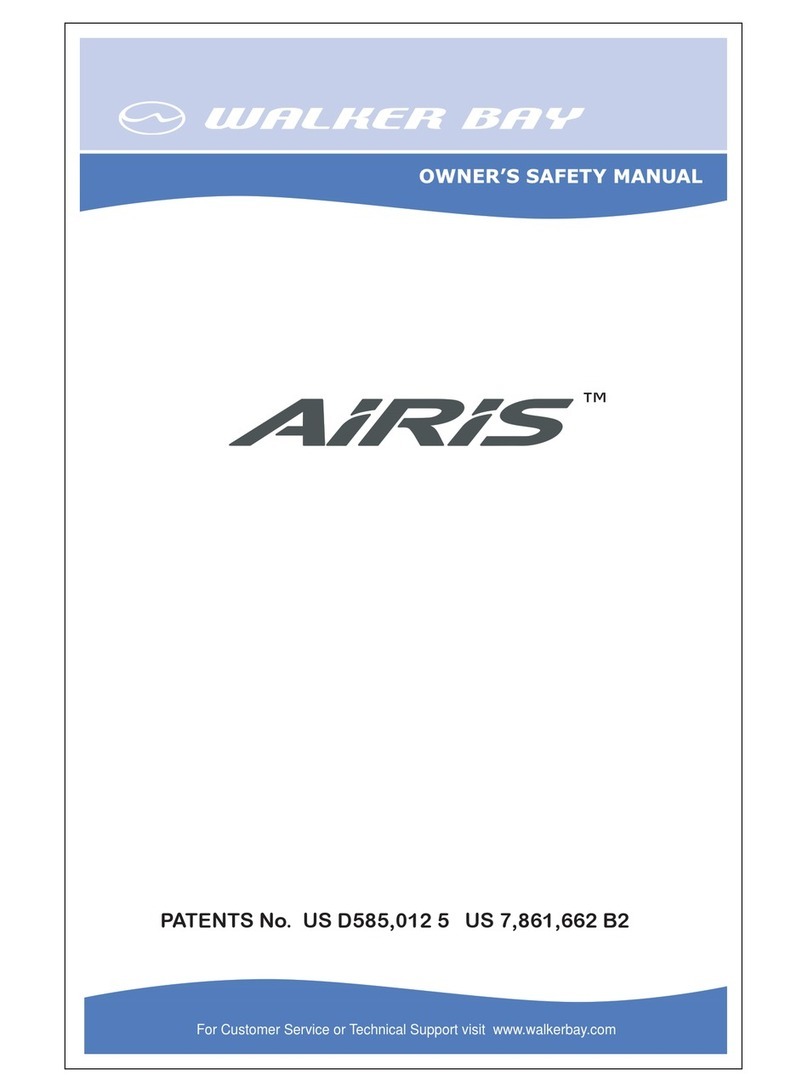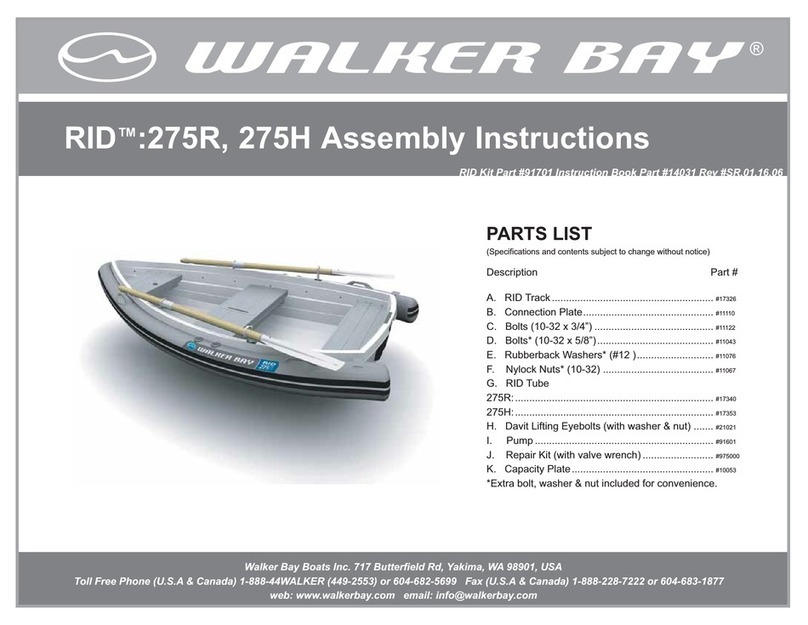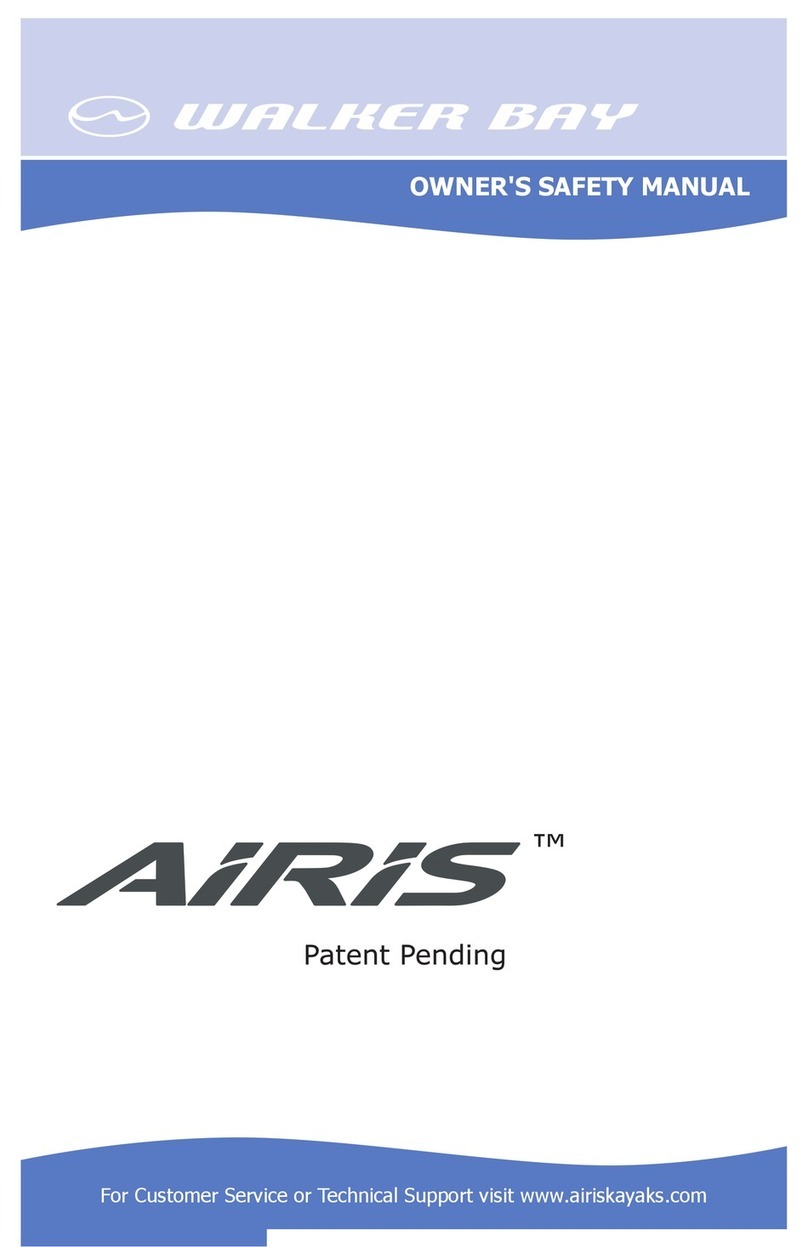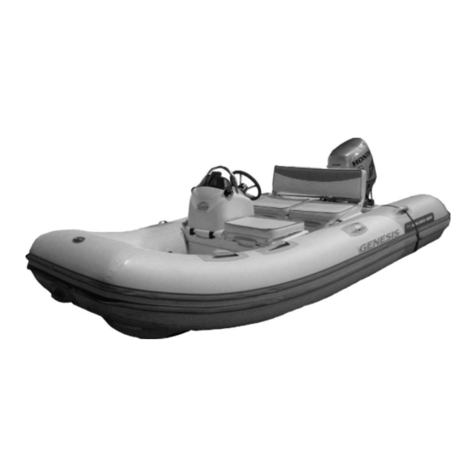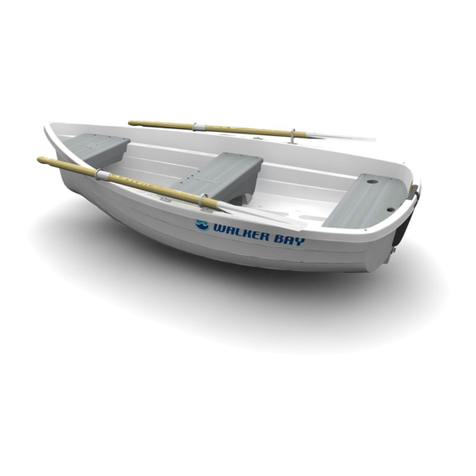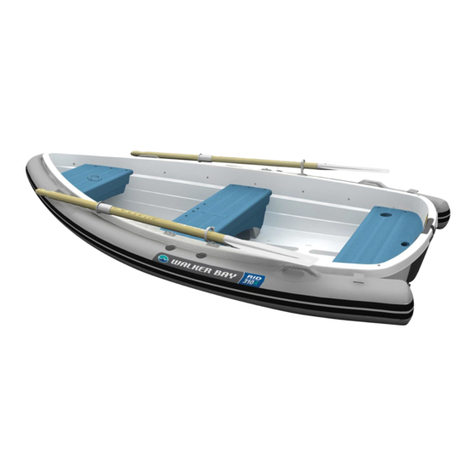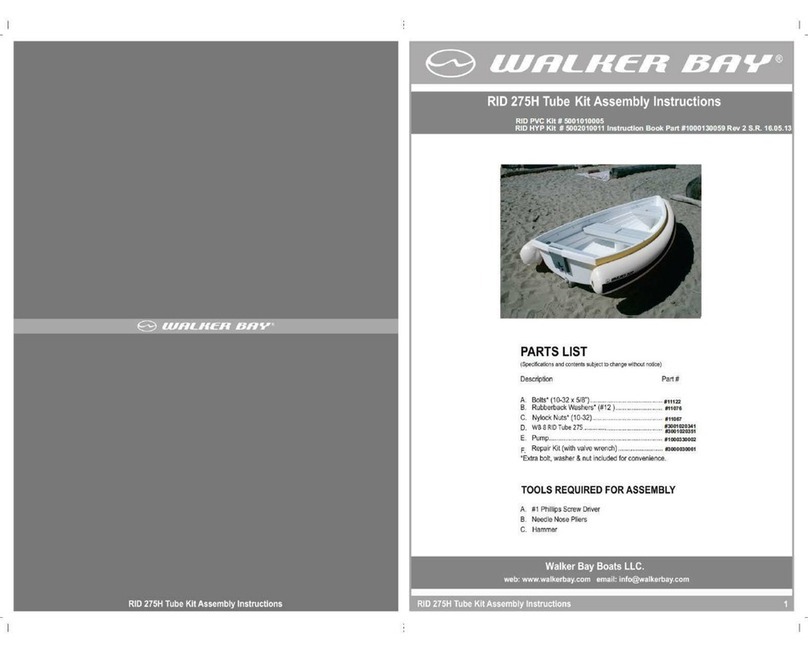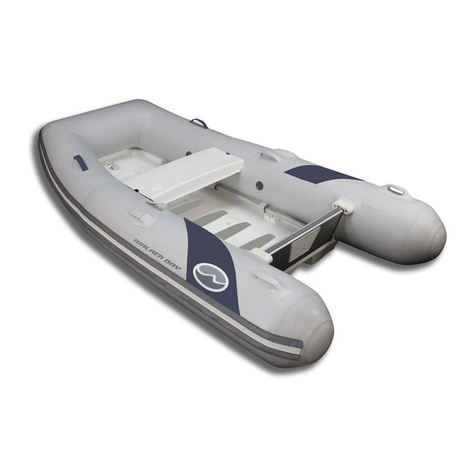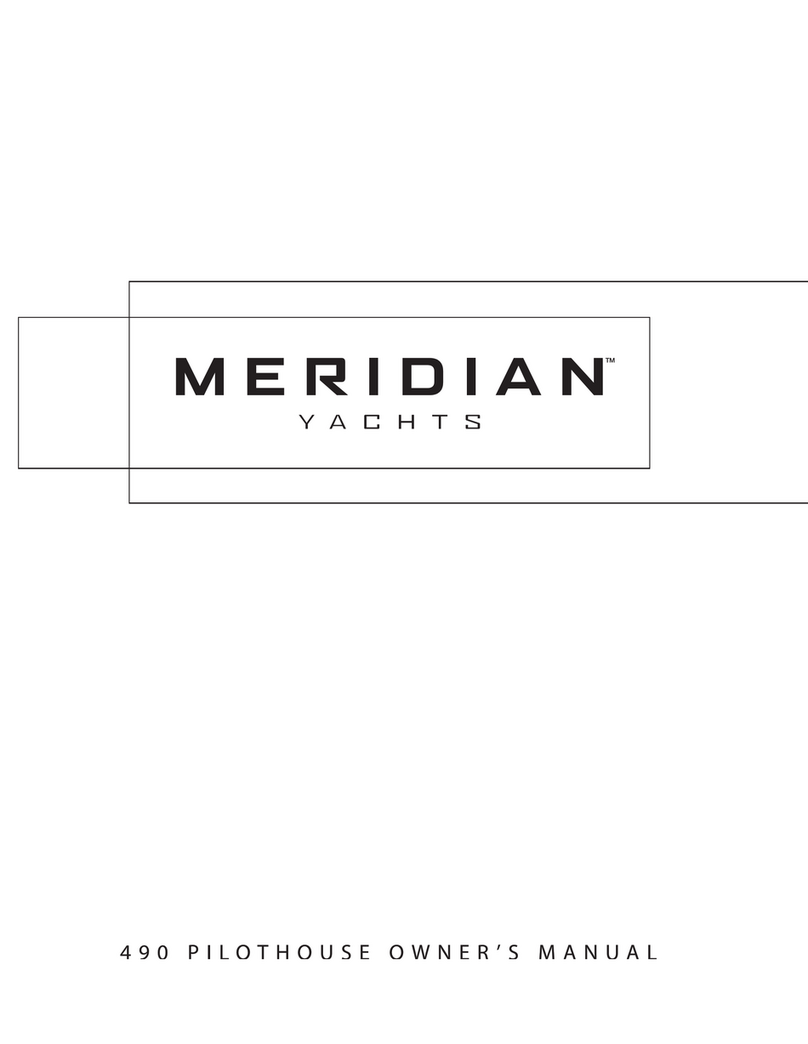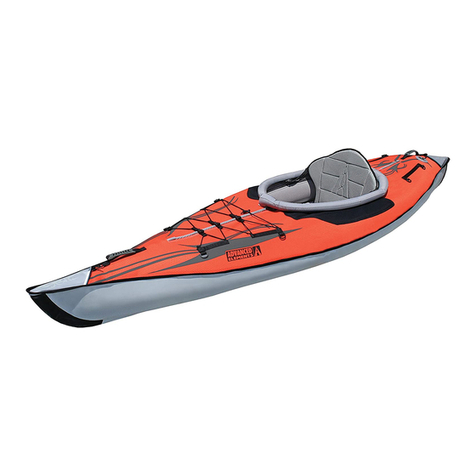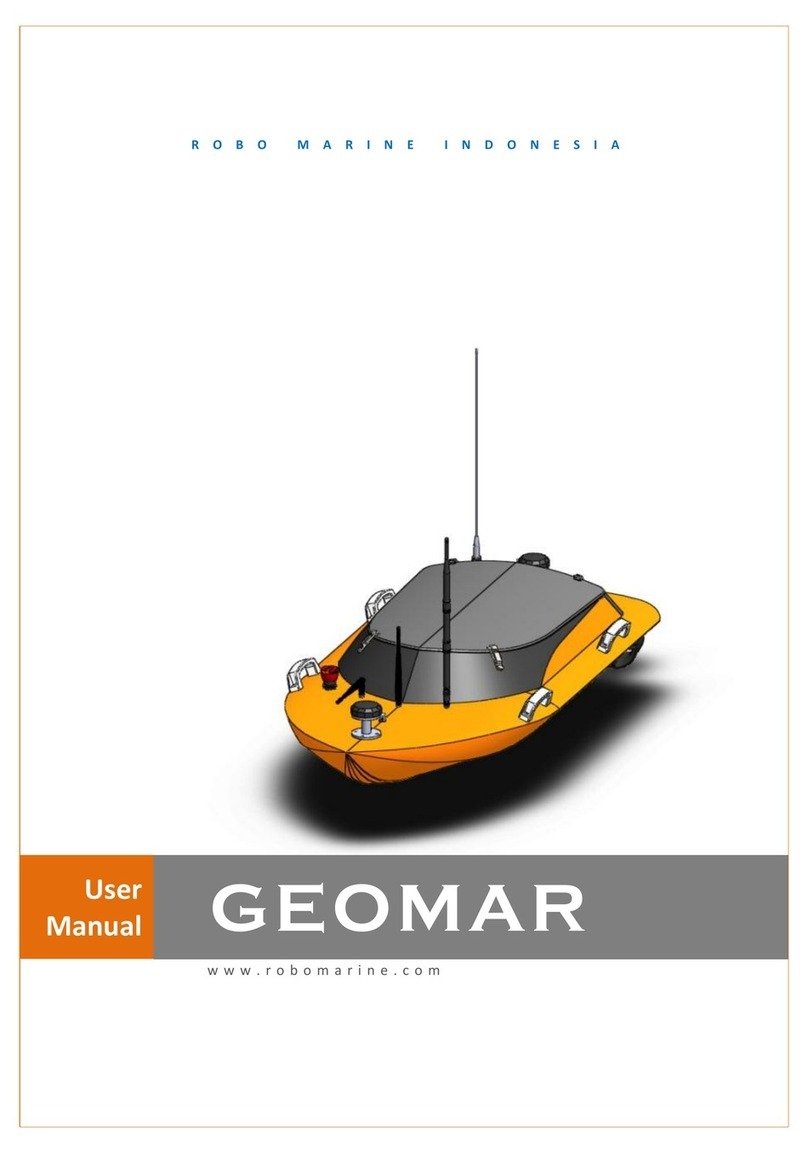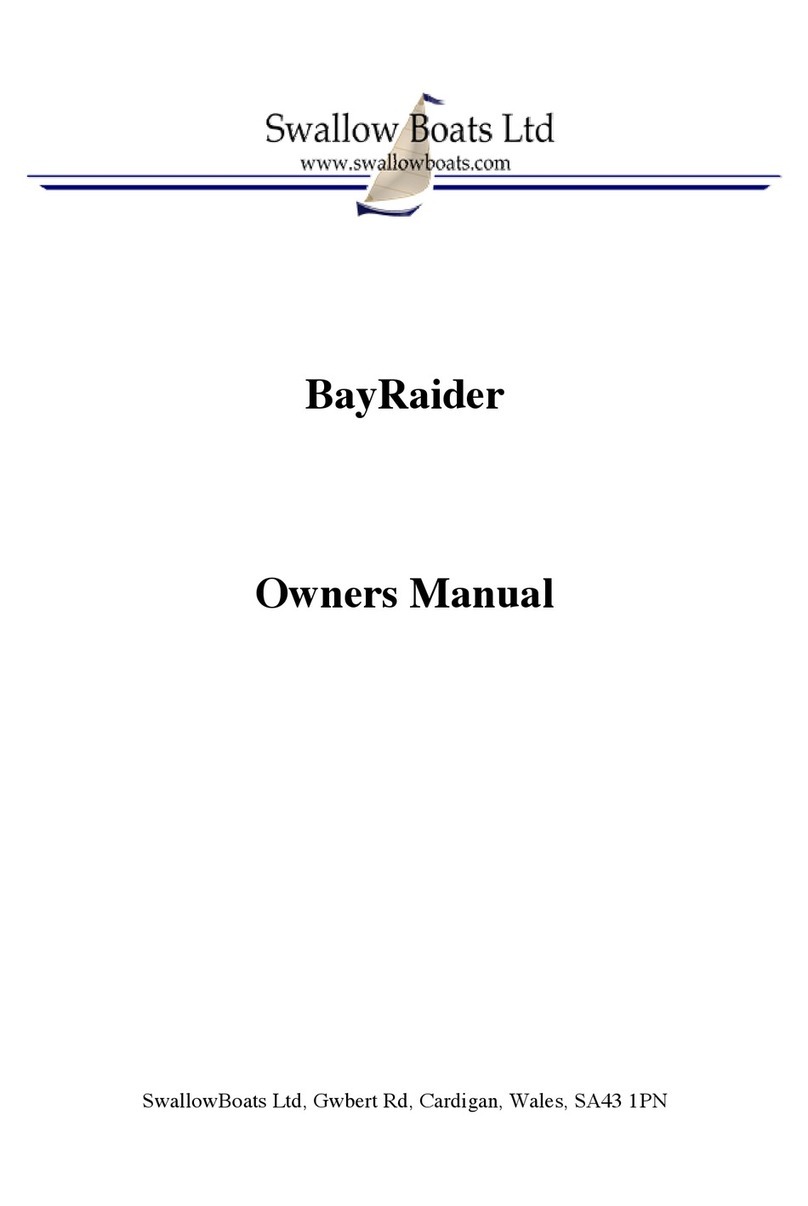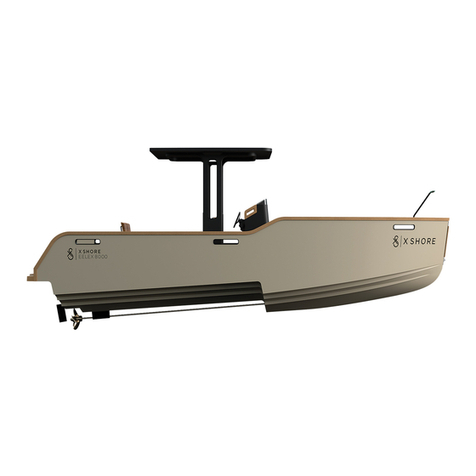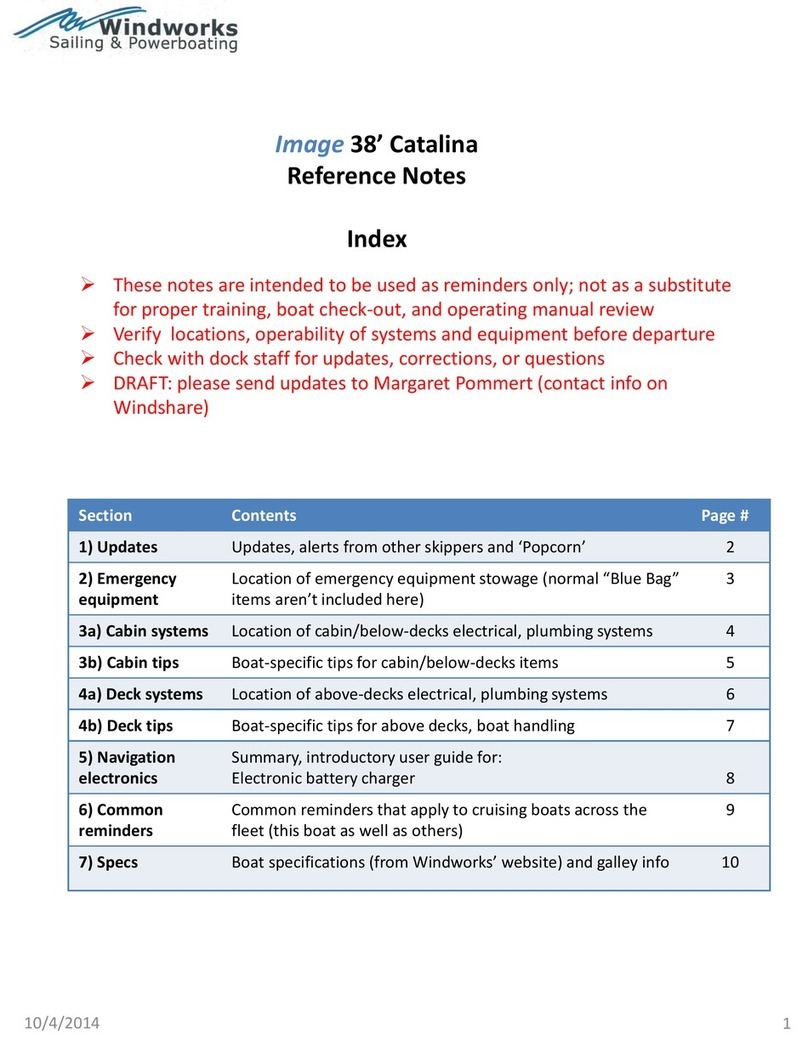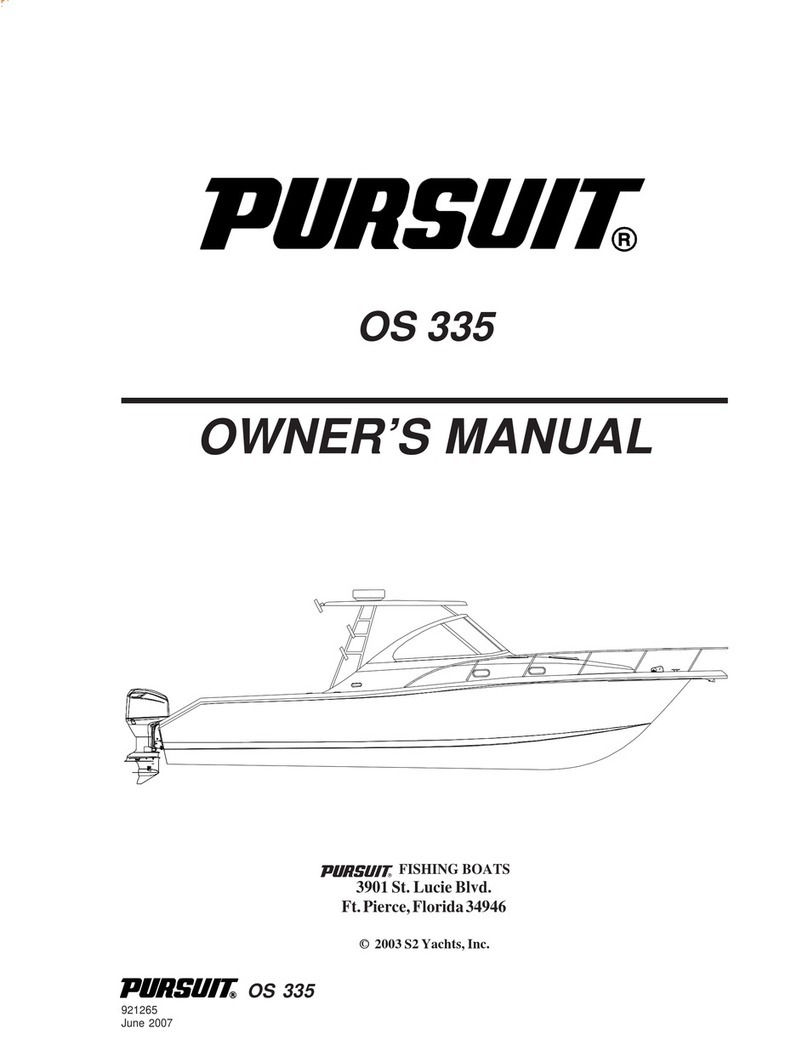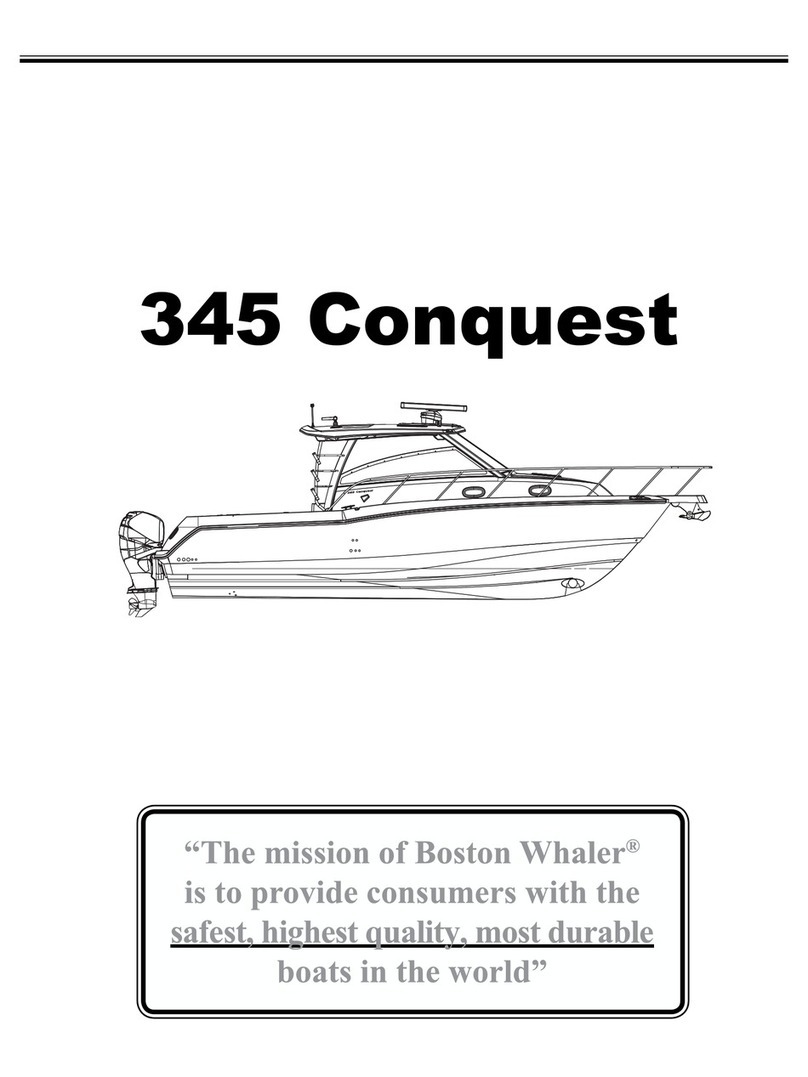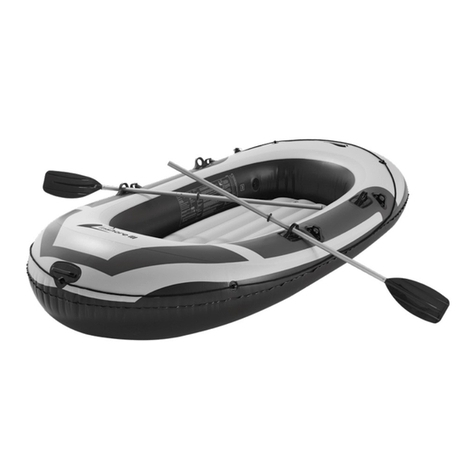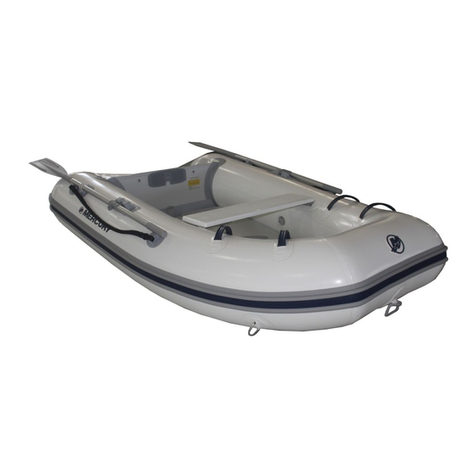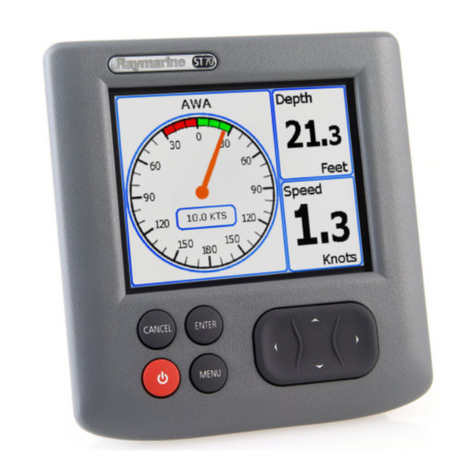
TABLE OF CONTENTS ...........................................................................................................................................
INTRODUCTION .......................................................................................................................................................
BOATING SAFETY SIGNS & SYMBOLS ...........................................................................................................
MANUFACTURER’S STATEMENT OF ORIGIN (MSO) ...............................................................................
WARRANTY & WARRANTY REGISTRATION ..............................................................................................
DESIGN CATEGORIES .. .........................................................................................................................................
TYPICAL FEATURES AND DECK PLANS .........................................................................................................
MATERIALS .................................................................................................................................................................
OPERATOR INSTRUCTIONS ...............................................................................................................................
MAINTENANCE .........................................................................................................................................................
ENVIRONMENT .........................................................................................................................................................
STORAGE ....................................................................................................................................................................
MOTORING .................................................................................................................................................................
SAFETY EQUIPMENT ..............................................................................................................................................
CHECKLIST BEFORE OPERATING ....................................................................................................................
EMERGENCY PROCEDURES ................................................................................................................................
TOWING ......................................................................................................................................................................
BEACHING ..................................................................................................................................................................
ANCHORING - MOORING ....................................................................................................................................
DAVITS - CRADLES .................................................................................................................................................
TRANSPORTING BY ROAD ..................................................................................................................................
INFLATION .................................................................................................................................................................
OPERATION OF VALVES .......................................................................................................................................
ELECTRICAL SYSTEM ..........................................................................................................................................
NAVIGATION LIGHTS ............................................................................................................................................
STEERING SYSTEM ................................................................................................................................................
FUEL SYSTEM ...........................................................................................................................................................
REPAIRS ......................................................................................................................................................................
WARRANTY ................................................................................................................................................................
ATTACHMENTS:
MANUFACTURER’S STATEMENT OF ORIGIN
SPECIFICATIONS & MAXIMUM CAPACITIES
2
3
4
5
5
6
7
8
9
10
11
12
13
13
14
15
15
16
17
17
17
18
18
19
19
20
20
20
21
22
...................................................................................................................
REPLACEMENT WARNING LABEL LIST
